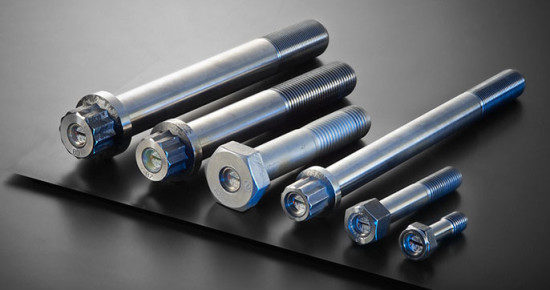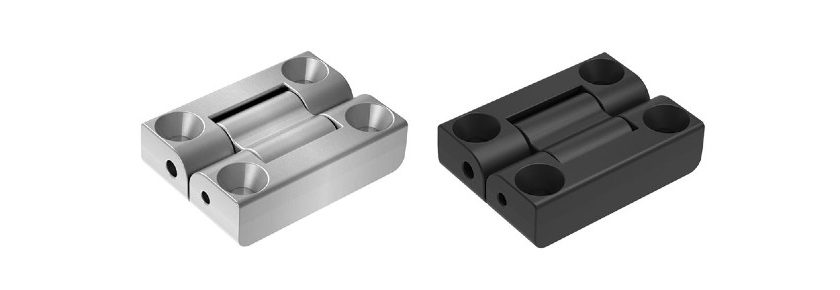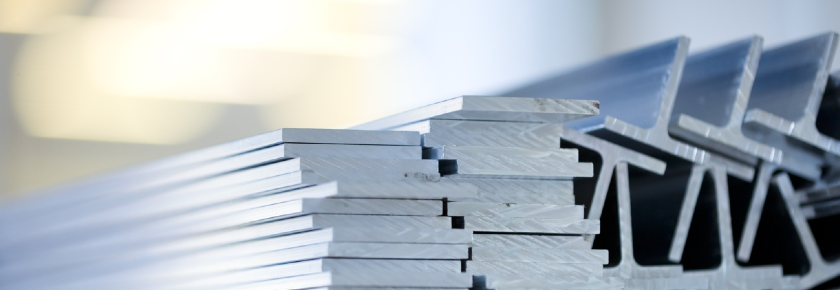The short answer is yes, aluminum does rust, although corrosion is a better technical term for what happens to this ubiquitous metal. The following are 10 types of corrosion that can affect aluminum.
- Uniform Corrosion appears as pits that measure one micrometer in diameter, producing a constant decrease in thickness over the entire surface of the metal. This corrosion typically appears in highly acidic or alkaline media with dissolution rates ranging from a few micrometers per hour to a few micrometers per year.
- Pitting Corrosion puts unevenly shaped depressions on the surface of the aluminum due to contact with liquid media such as surface water, seawater, and humid air. The corrosion pits are covered with white gelatin made from alumina.
- Trans-Granular and Intergranular (Intercrystalline) Corrosion is microscopic, affecting metals at the granular level. This type of corrosion often reduces the mechanical properties of aluminum that leads to the destruction of components. Propagation of intergranular corrosion usually begins as pits.
- Exfoliation Corrosion selectively affects the planes that run parallel to the direction of the rolling or extrusion. The thin sheets of metal between these planes peel off, which gives rise to the term “exfoliation.”
- Stress Corrosion combines a corrosive environment with mechanical stresses, such as bending. By themselves, each of these factors does not affect the aluminum. But putting them together causes problems. Creating alloys with high mechanical strength can reduce stress corrosion.
- Filiform Corrosion affects only lacquered aluminum, making the surface look different. It is a superficial attack, measuring only a few tens of microns. It starts from coating defects like scratches, holes, or cut edges, and usually appears only after several years.
- Waterline Corrosion, as the name implies, occurs at the part of the metal that is just below the surface of water. It happens due to the difference in aeration between the surface of the liquid and the area directly underneath it.
- Cavitation happens when the hydrodynamic pressure is greater than the vapor pressure of a moving liquid. Gas bubbles inside the liquid, which then crash against the metal at high speed, producing rounded cavities. Because the natural oxide film is destroyed, the aluminum suffers when the film is constantly torn and reformed. This type of corrosion usually happens within a few hours or days, depending on the speed and temperature of the liquid. Externally hardening the metal can help resist this type of corrosion.
- Erosion happens due to moving media such as a flowing liquid, which produces scratches and undulations in the aluminum that match the direction of the flow. Among the ways of reducing erosion are controlling the speed of the fluid, using corrosion inhibitors, or streamlining the shape of the aluminum to minimize turbulence.
- Microbiological Corrosion in aluminum is caused by certain types of bacteria in an organic carbon source. These bacteria transform organic substances into carbon dioxide, organic acids, and metabolites that are released into the environment. The environment and not the bacteria corrode the aluminum. One way to prevent this corrosion is to use disinfectants that dissolve in water or other liquid.
Want more information on aluminum corrosion in fasteners or other applications? Please contact us at ProvenProductivity@bossard.com.
Galvanic Corrosion in Carbon Fiber Materials
6 Types of Bolt Failure and How to Prevent It

















